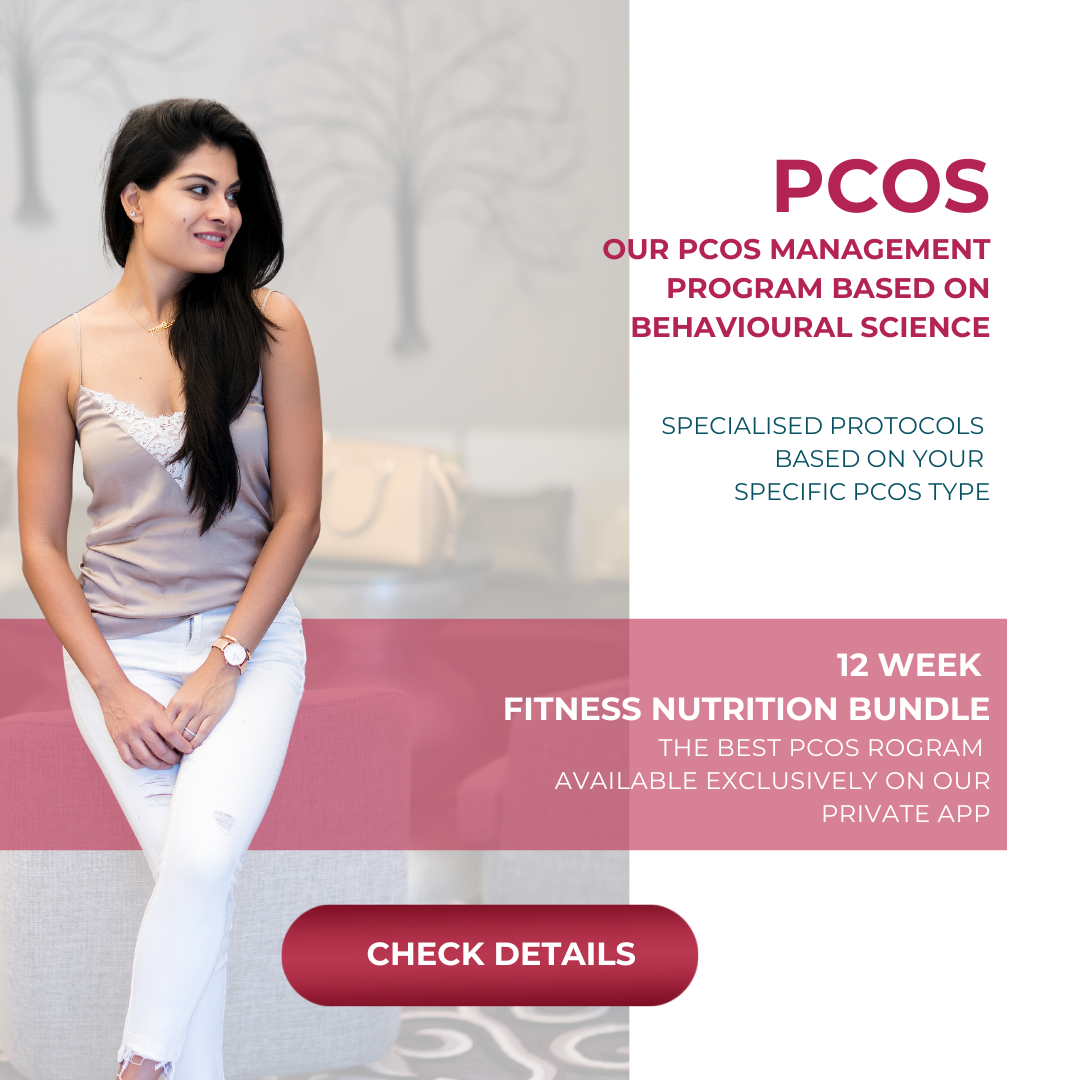Gluten Intolerance - what to look for in labels
Navigating Gluten-Free Labels: What to Look for When Shopping
Are you gluten intolerant or simply aiming to avoid gluten in your diet? Understanding how to decipher food labels is key to making informed choices. Gluten, a protein found in wheat, barley, and rye, can hide in various ingredients and additives, making label reading essential.
To know what gluten is and what to eat and avoid please click here
Processed and Restaurant Foods that might have hidden gluten : click here
Here's a breakdown of what to watch for on food labels:
-
Ingredients Related to Wheat:
- Look out for direct mentions of wheat or wheat-related terms such as hydrolyzed wheat starch, wheat germ oil, and wheat flour.
- Be cautious of different forms and varieties of wheat like bulgur, daliya, semolina (sooji), and durum, among others. These can be listed under different names on labels.
- Pay attention to Latin terms like Triticum, which indicate the presence of wheat.
-
Barley and its Derivatives:
- Be wary of ingredients containing barley or related terms like malt syrup, malt flavoring, or Hordeum (Latin for barley).
-
Common Culprits:
- Check for common gluten-containing items like atta, bread, and various types of flour (plain, enriched, all-purpose).
- Maida, a finely milled wheat flour, should also be avoided.
-
Oats, Rye, and Triticale:
- Be cautious of oats and their Latin term Avena sativa, as well as rye (Secale cereale) and Triticale, a wheat-rye hybrid.
Understanding these key terms and ingredients empowers you to make safer, gluten-free choices. Remember, while some labels explicitly state "gluten-free," others may require a closer inspection. If uncertain, don't hesitate to reach out to us at https://wa.me/916364218887
When scanning food labels for gluten content, it's essential to recognize that certain ingredients may potentially contain gluten, but this isn't always explicitly stated. Below are some commonly used food additives that could derive from gluten sources like wheat, barley, or rye, or from non-gluten sources such as corn, potato, or tapioca. However, the specific derivation can vary depending on the manufacturer or regional manufacturing practices.
- Brown rice syrup
- Carriers used for mono and di-glycerides
- Dextrate
- Dextrimaltose
- Dextrin
- Dried glucose syrup
- Enzymes
- Food additives with color in their name, such as Artificial color, Caramel color, Natural color, Synthetic color
- Food additives with flavor/flavouring in their name, such as Artificial flavor, Synthetic flavor, Natural flavor, Smoke flavoring
- Food additives with starch in their name, such as Edible starch, Food starch, Modified food starch, Pregelatinized starch, Starch
- Food additives with 'vegetable' in their name, such as Vegetable protein, Hydrolyzed vegetable starch, Vegetable starch
- Golden syrup
- Hydrolyzed plant protein
- Maltose
- Maltodextrin
By mastering label reading, you're not just avoiding gluten – you're prioritizing your health and well-being with every grocery run. Happy and informed shopping!

Leave a comment